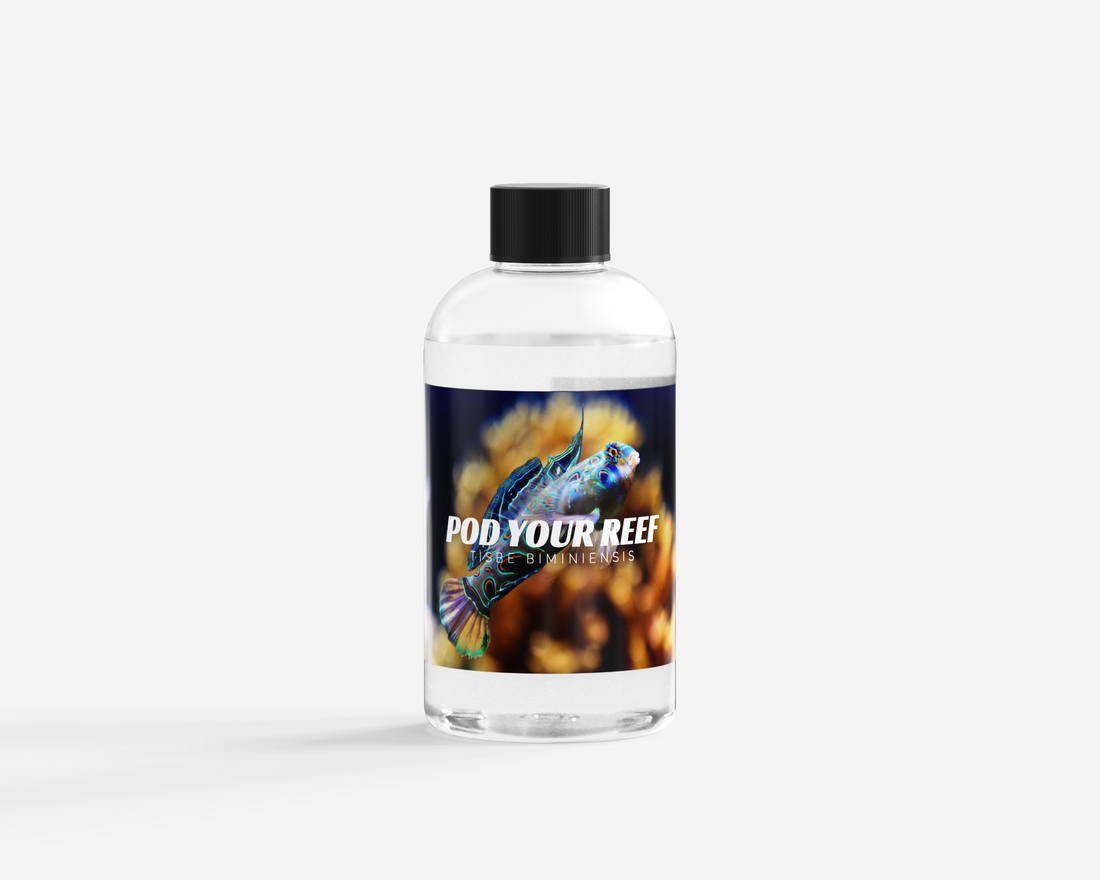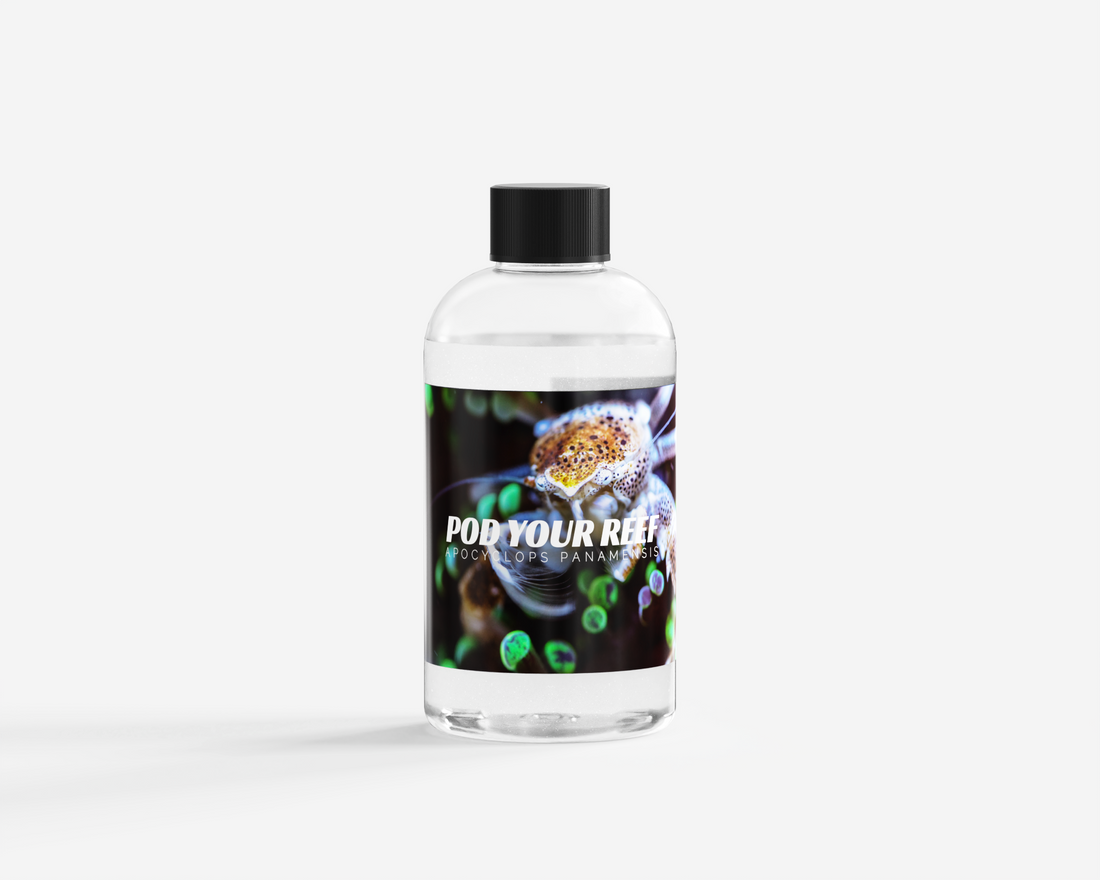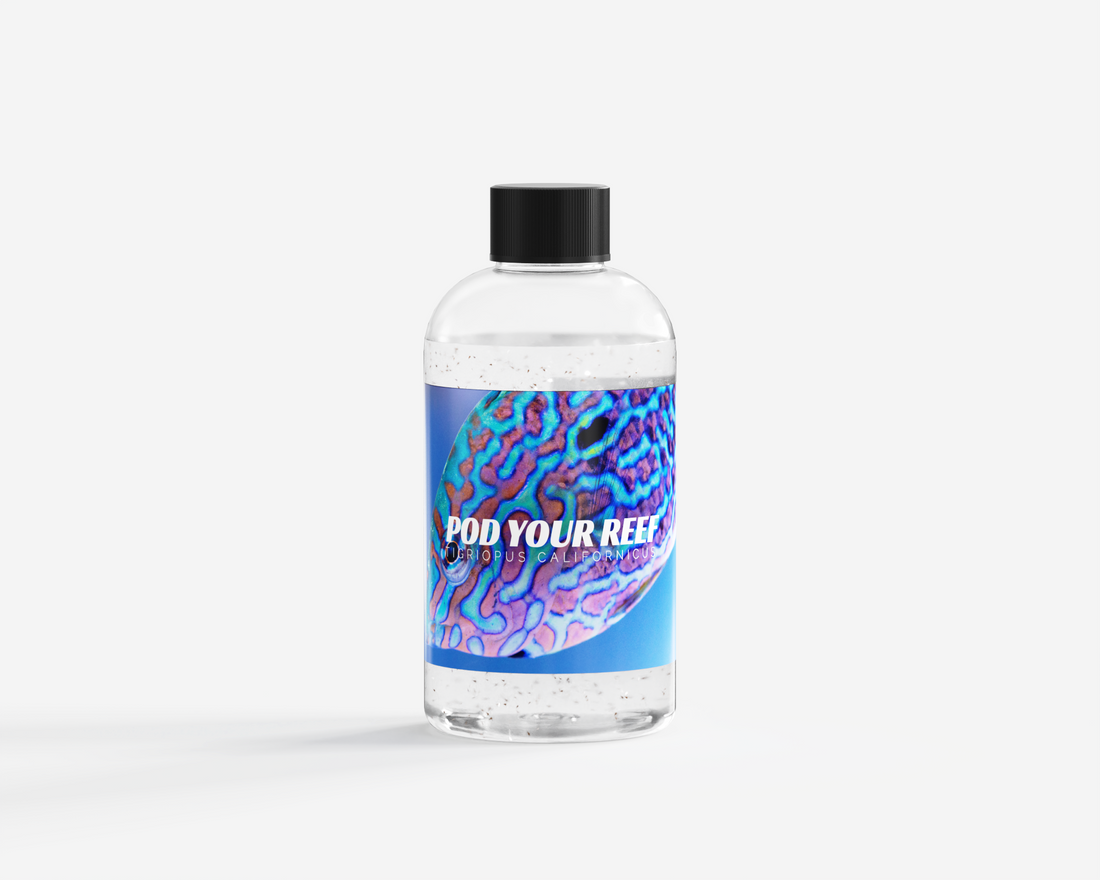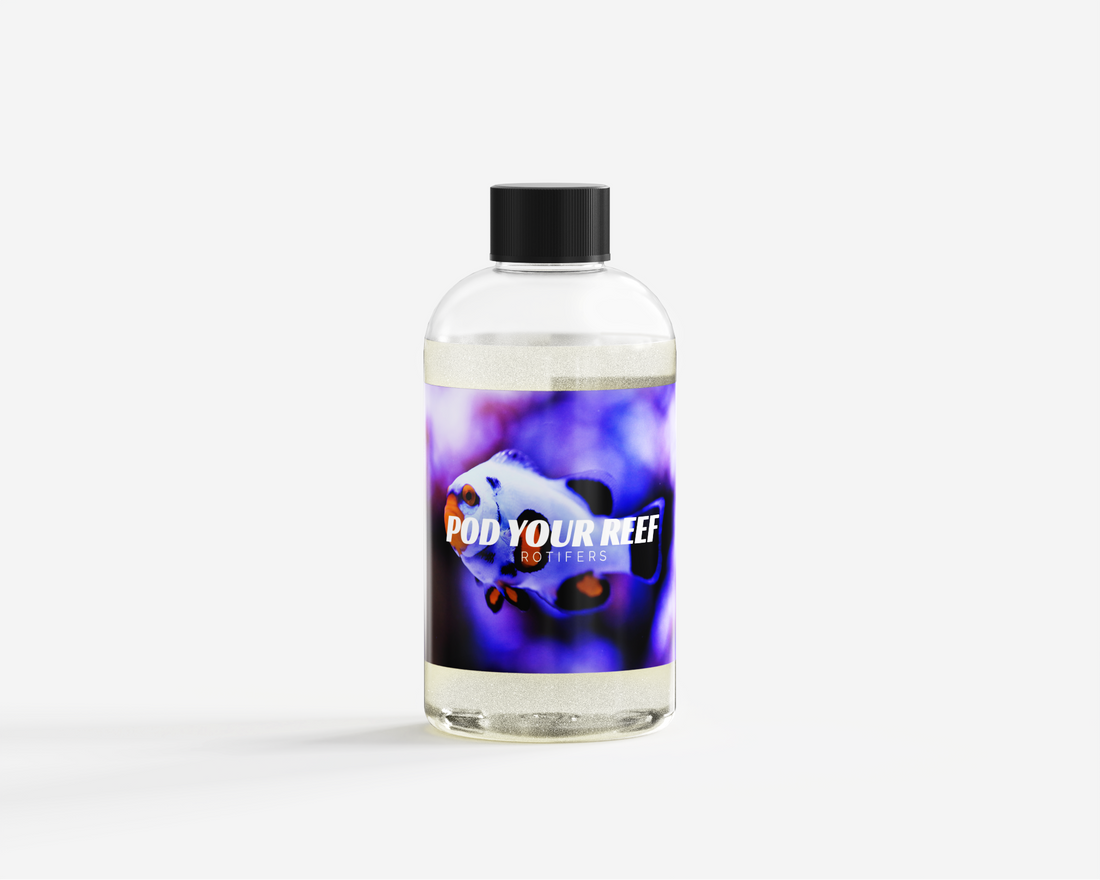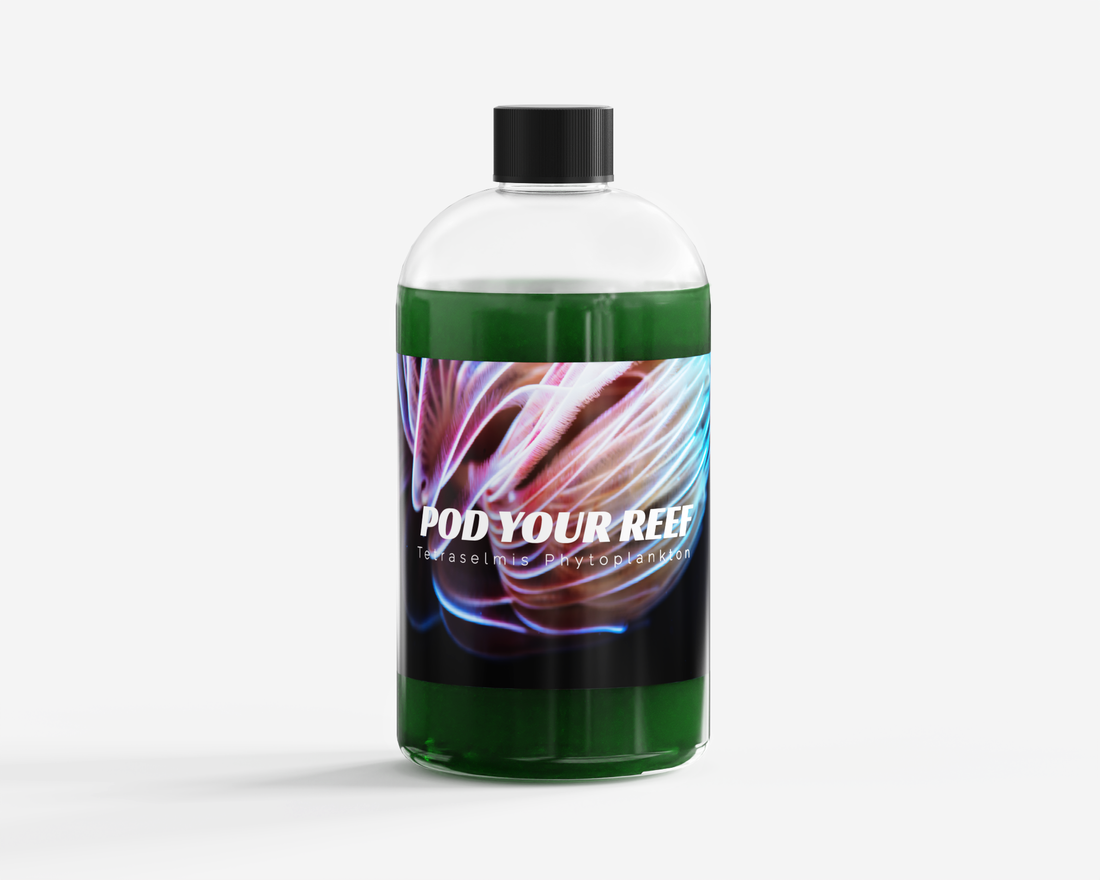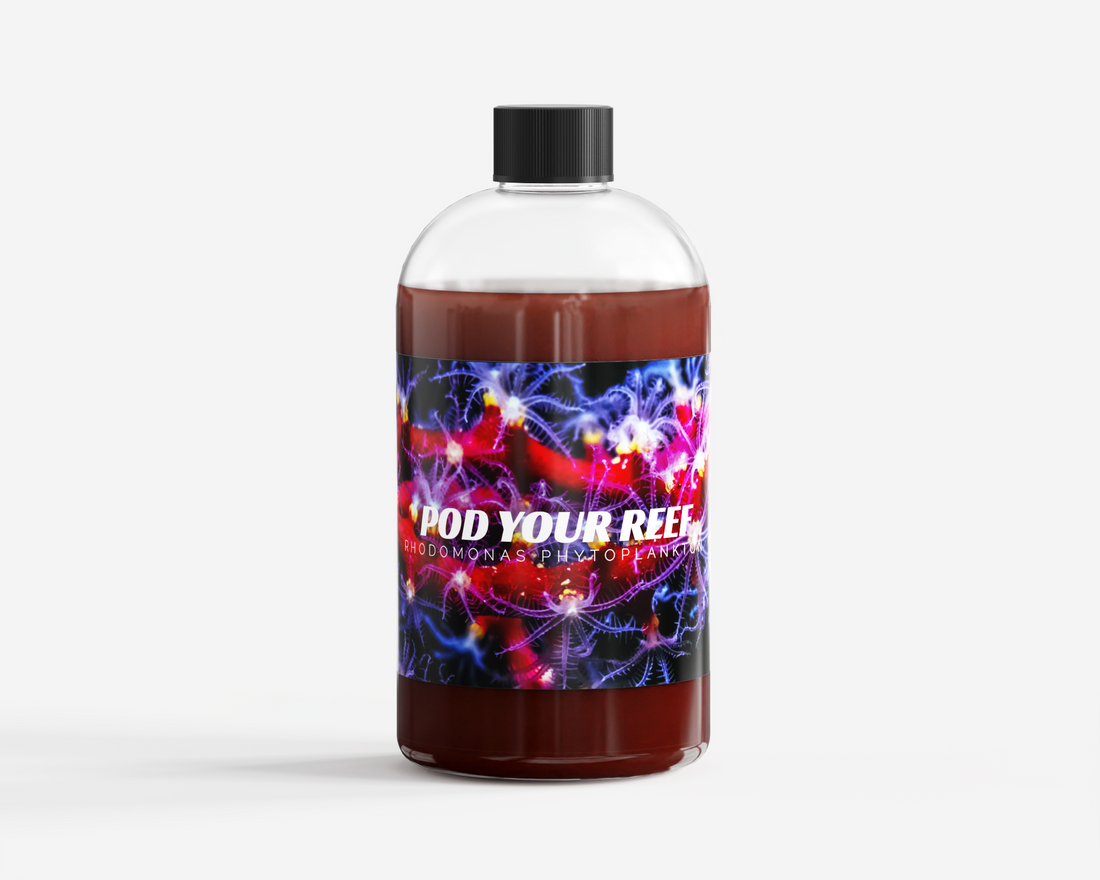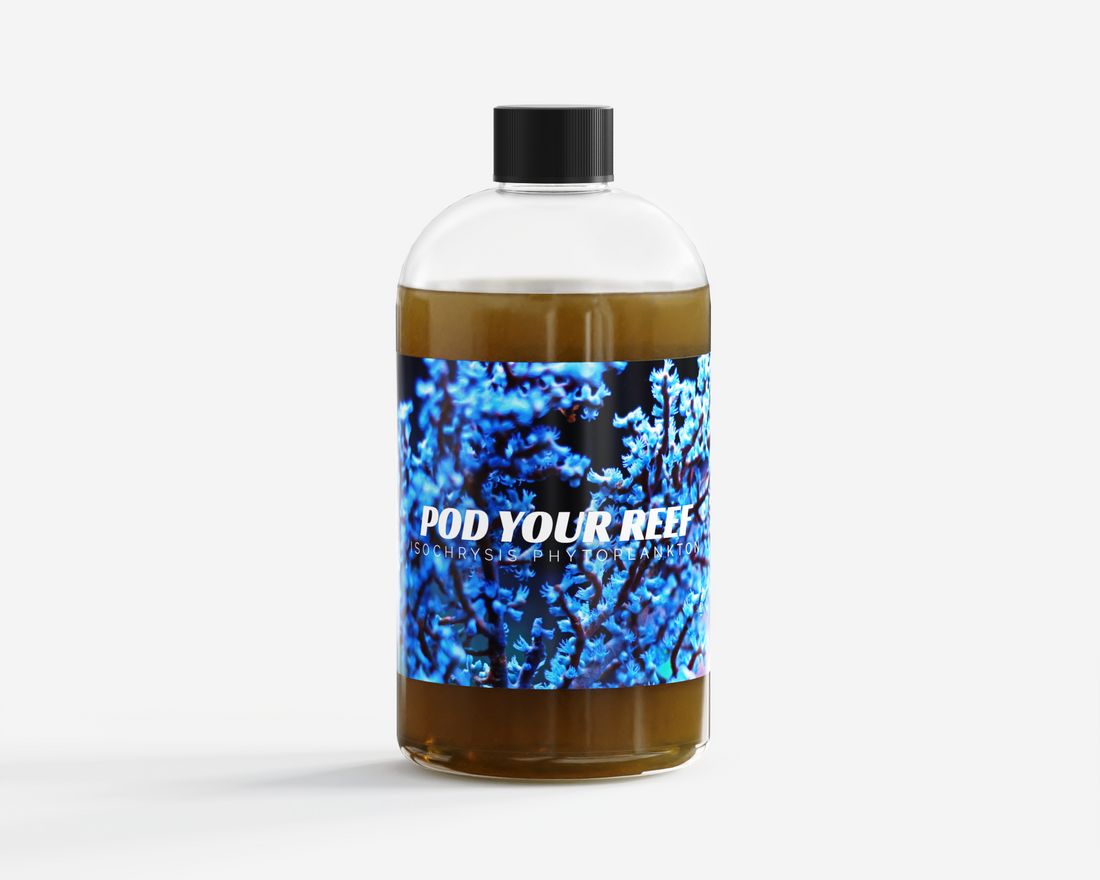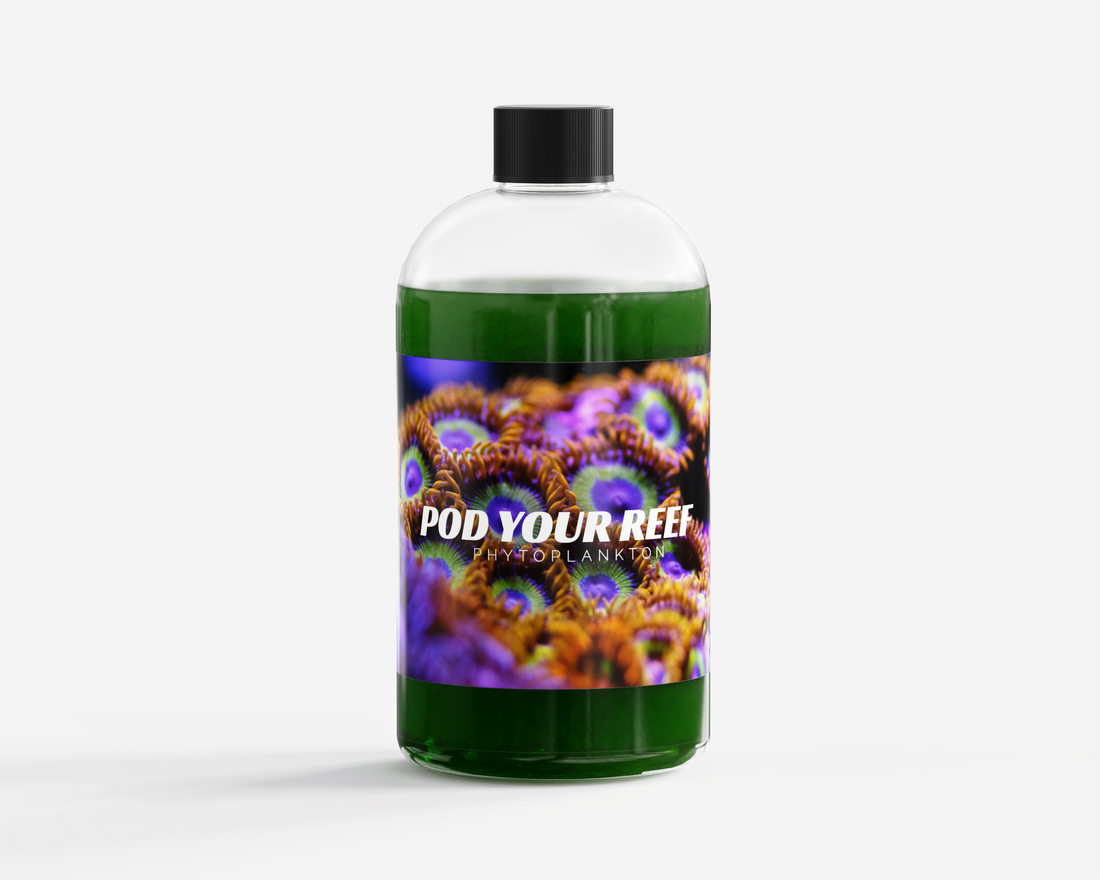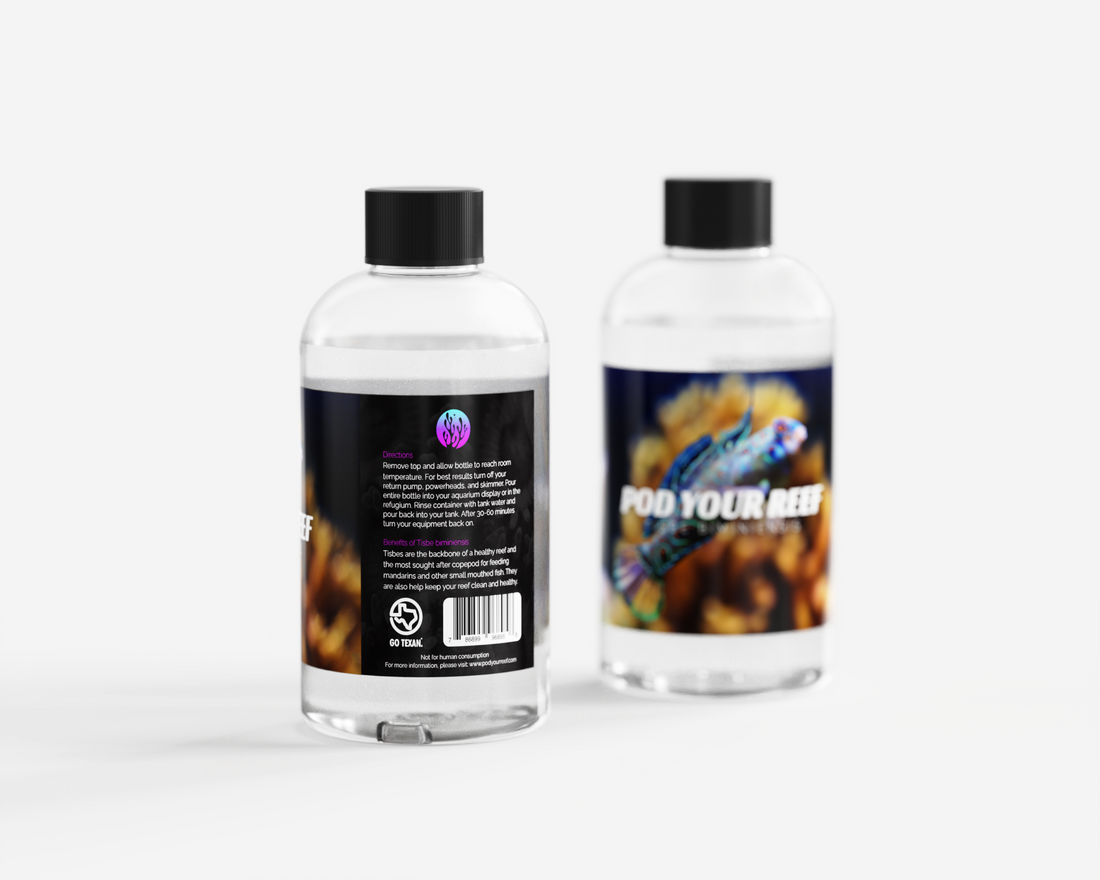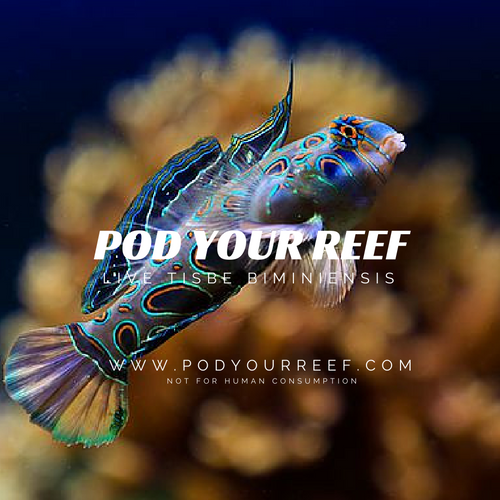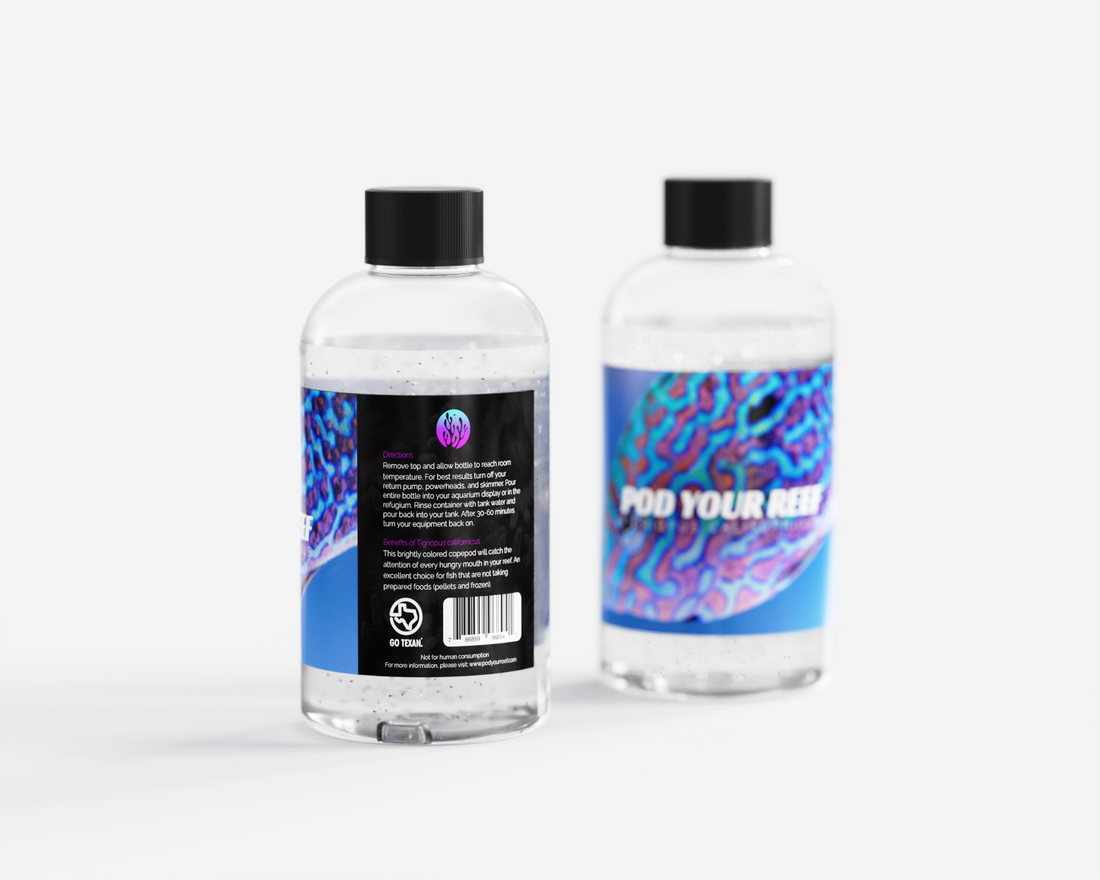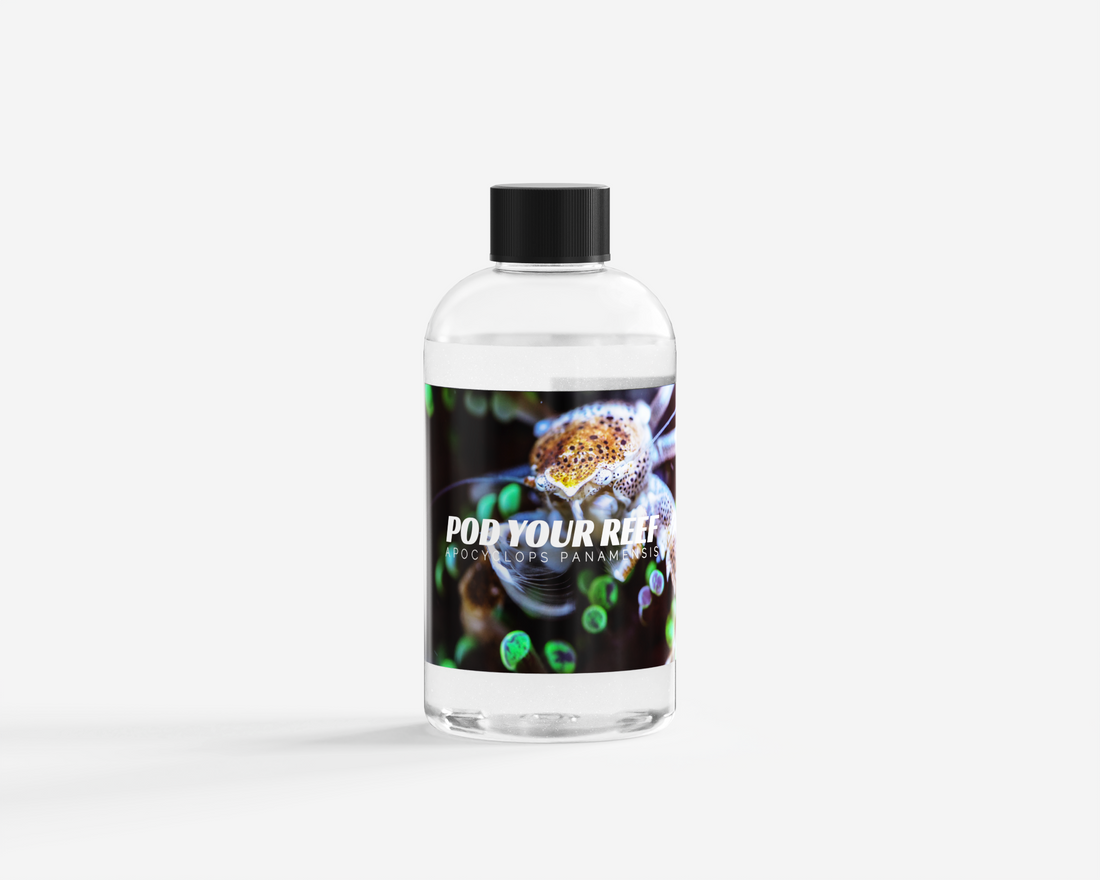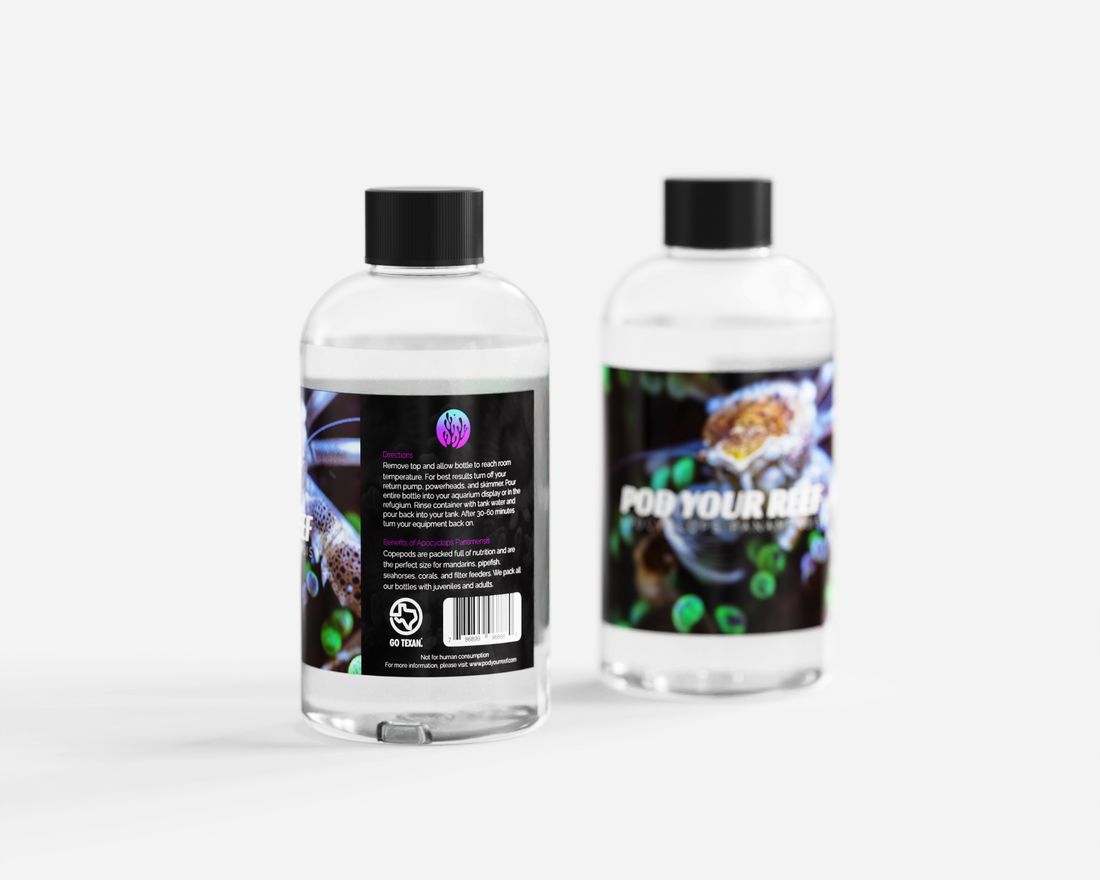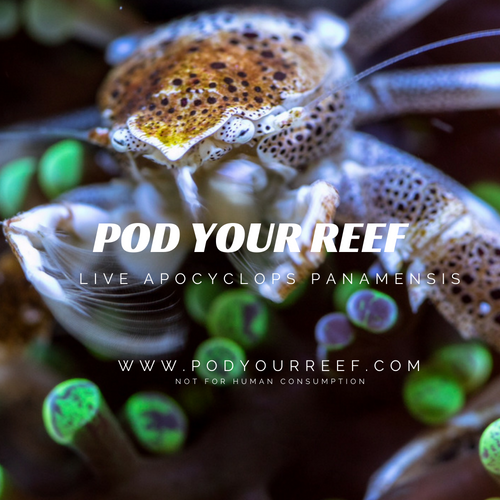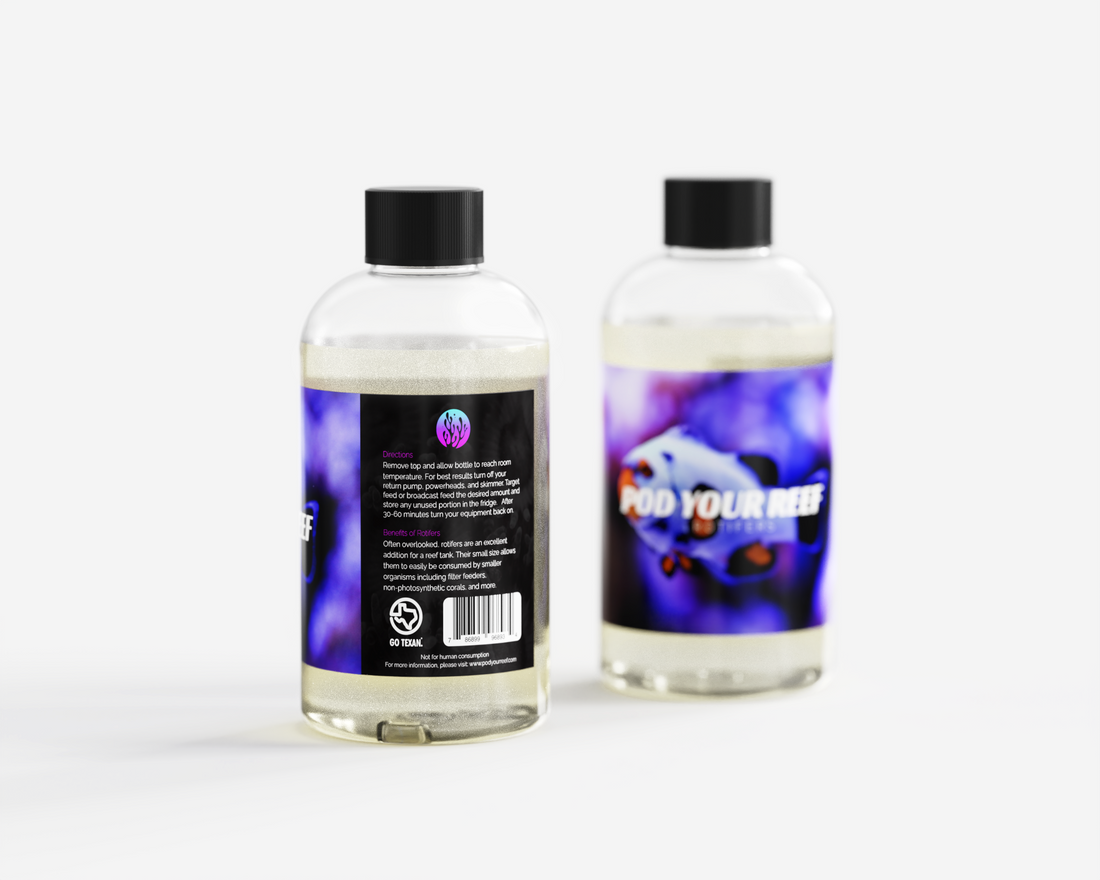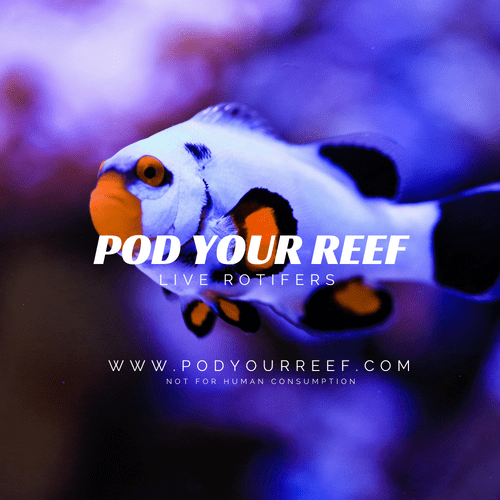
Care
What Do Copepods Eat? An Overview of the Diverse Diet of These Tiny Aquatic Creatures
What Do Copepods Eat? An Overview of the Diverse Diet of These Tiny Aquatic Creatures
Copepods are small, aquatic crustaceans that are found in a wide range of habitats, including oceans, rivers, and lakes. These tiny creatures are an important part of the food chain, serving as both predators and prey in the marine ecosystem.
One of the key characteristics of copepods is their diverse diet. Copepods are omnivores, which means they eat both plant and animal matter. In fact, copepods have been known to consume a wide range of food sources, including algae, bacteria, detritus (dead plant and animal matter), and even other copepods.
One of the primary food sources for copepods is phytoplankton, which are microscopic plants that float in the water column. Copepods feed on phytoplankton by filtering the water with their specialized appendages and capturing the tiny plants with their mouthparts. In addition to phytoplankton, copepods may also eat zooplankton, which are small animals that float in the water.
In addition to plankton, copepods may also feed on a variety of other food sources. For example, some species of copepods are known to eat bacteria, which they obtain by filtering the water or by grazing on surfaces. Other species of copepods may feed on detritus, which they find by sifting through the sediment at the bottom of the water body.
Overall, the diet of copepods is highly variable and depends on the availability of food sources in their environment. This adaptability has allowed copepods to thrive in a wide range of aquatic habitats and to play a crucial role in the marine food chain.

